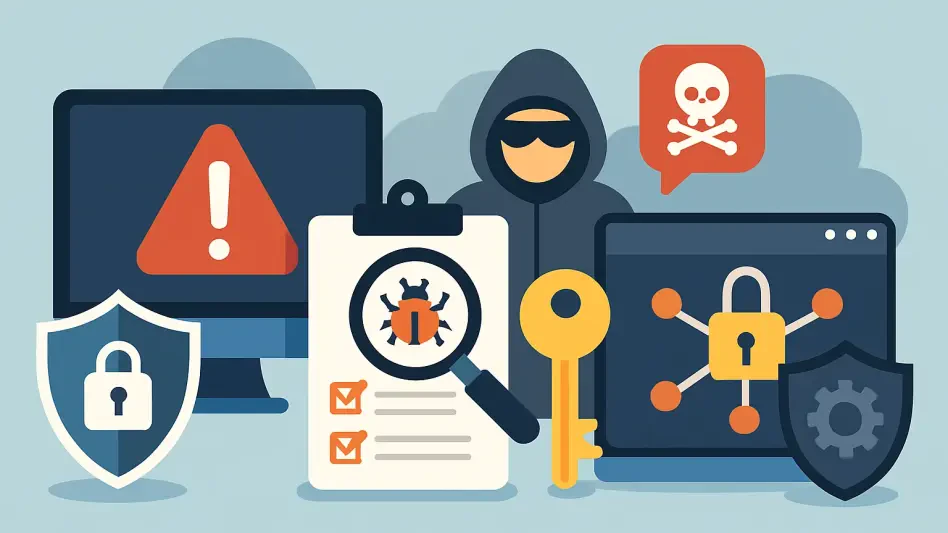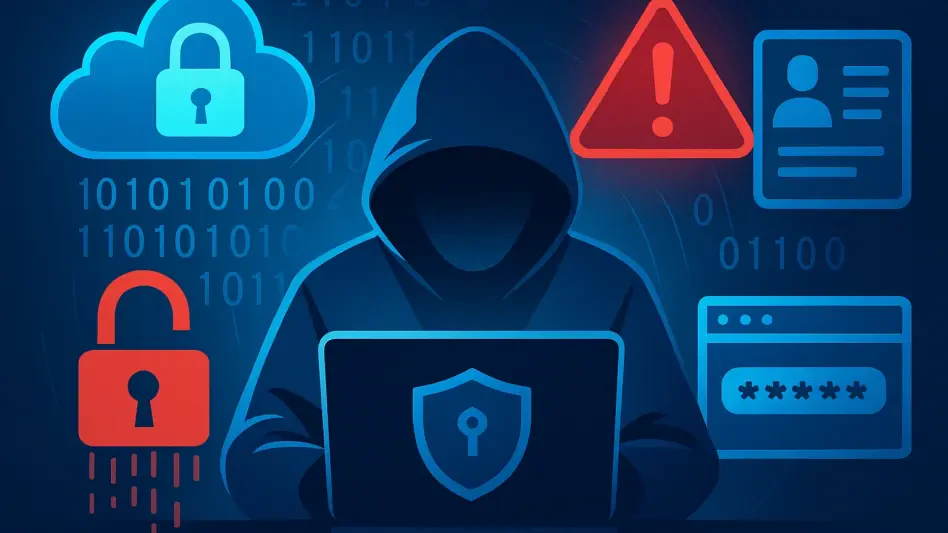As cyber threats continue to evolve, Turkey’s defense and aerospace sectors face increasingly sophisticated attacks designed to extract sensitive information. A recent phishing campaign has put a spotlight on these challenges; it involves the distribution of the Snake Keylogger malware through emails designed to look like official correspondence from Turkish Aerospace Industries (TUSAŞ). These emails masquerade as containing legitimate contractual documents, prompting recipients to unwittingly execute malware. With its advanced methods of persistence and evasion, the Snake Keylogger can bypass standard security measures like Windows Defender and manipulate system functions to retain its presence stealthily. The revelation of this targeted attack has raised serious concerns among stakeholders in the defense industry, as protecting such vital national interests has become more complex in the modern digital landscape.
The Growing Threat of Sophisticated Malware
Advanced Persistence and Evasion Techniques
Defense firms must contend with malware like Snake Keylogger, which demonstrates advanced techniques for neutralizing standard security protocols. This malware achieves persistence by modifying users’ settings and employing scheduled tasks, allowing it to persistently operate even after system reboots. By integrating these sophisticated methods, Snake Keylogger avoids detection by conventional defenses and continues its malicious activities undeterred. This capability not only underscores the technical prowess of the developers behind these campaigns but also highlights the increasing complexity of the cybersecurity landscape within critical industries.
Snake Keylogger has also been observed exploiting legitimate operating system utilities to maintain its malicious presence, effectively using a company’s own defenses against it. Researchers have revealed how it exploits PowerShell to alter Windows Defender’s settings by adding itself to the exclusion list. Such maneuvers are alarming because they grant the malware elevated privileges to execute its tasks unhindered, seriously undermining corporate cybersecurity efforts. These operations illustrate the growing need for advanced security measures capable of identifying and nullifying such threats before they can inflict damage on an organization’s infrastructure.
Theft of Confidential Information
The primary objective of Snake Keylogger and similar malware revolves around harvesting confidential information from targeted systems, focusing on high-value data streams. This malware highlights its capabilities by targeting login credentials, financial information, and browsing data from a variety of platforms, including widely used browsers and email clients such as Chrome and Outlook. The exfiltration of this sensitive data occurs through SMTP, which facilitates its covert transmission to external servers controlled by attackers. The broad scope of its targeting emphasizes the malware’s destructive potential, especially when sensitive data from leading defense contractors is at stake.
An intriguing aspect of Snake Keylogger is its ability to capture details from autofill mechanisms and stored credit card data, allowing it to siphon financial information with ease. By focusing on nearly inexhaustible vectors of attack, Snake Keylogger ensures a steady stream of valuable data, contributing to the attackers’ objectives. This sophistication is indicative of the threats defense firms must guard against today, demanding an overhaul of traditional security measures for more integrated and effective approaches to cyber defense.
Addressing Cybersecurity in the Defense Sector
Enhancing Detection and Response Capabilities
In light of the sophistication of modern threats, defense and aerospace organizations must prioritize detecting and mitigating advanced malware threats efficiently. Companies are increasingly tasked with not only protecting their assets but also ensuring that their defense mechanisms can adapt and respond to the dynamic nature of these attacks. It has become crucial to establish a robust cybersecurity infrastructure incorporating artificial intelligence and machine learning. These technologies can help identify abnormal behavior patterns indicative of a cyber threat, enabling organizations to address issues before they escalate into significant breaches.
Adopting proactive measures to enhance detection and response capabilities is necessary to counter sophisticated threats like Snake Keylogger. By employing advanced analytics and real-time monitoring systems, agencies can significantly improve their ability to identify intrusions at early stages, neutralizing them before they compromise critical data. Additionally, fostering a culture of cybersecurity awareness among employees is essential in minimizing the risk of phishing scams succeeding. Providing training to help staff recognize and respond to suspicious activities can play a vital role in preventing attacks from gaining traction.
Collaboration and Future Considerations
Defense firms face challenges from sophisticated malware like Snake Keylogger, which employs advanced techniques to bypass standard security defenses. This malware achieves persistence by modifying user settings and using scheduled tasks, allowing it to operate continuously even after system reboots. These methods enable Snake Keylogger to evade traditional security measures and continue its harmful activities undetected. This capability highlights the technical skills of its developers and underscores the growing complexity of cybersecurity challenges in critical industries. Moreover, Snake Keylogger exploits legitimate operating system tools, effectively turning a company’s defenses against itself. Researchers have found it uses PowerShell to modify Windows Defender by adding itself to the exclusion list, granting it elevated privileges to execute unhindered. Such attacks reflect the urgent need for enhanced security protocols capable of identifying and countering these sophisticated threats before they compromise an organization’s infrastructure, revealing the vulnerability of existing cybersecurity measures.








